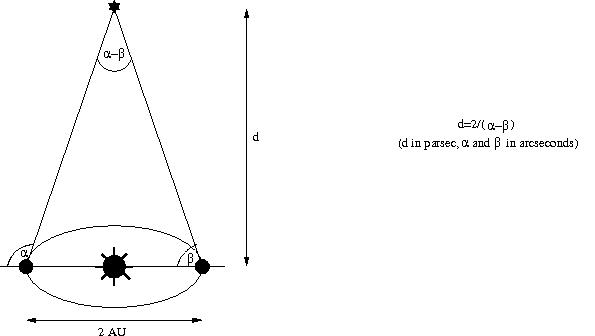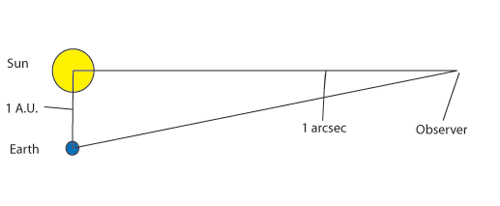
Then around 1913 Herbert Hall Turner had the idea of shortening this to parsec-and the name stuck, even when other, non-parallax-based, methods of measuring stellar distance were developed.

The answer seems to be that, when astronomers first started measuring stellar distances using the parallax method, they simply presented their results in terms of “a parallax of X seconds” rather than converting to light-years. So why would anyone want to use parsecs instead? The light-year even has a usefulness that goes beyond simple measurement, because it tells us that when we observe an object X light-years away, we’re seeing as it was X years in the past.

It’s simply the distance that light travels in a year, and it’s been in use since at least 1838. By contrast, the light-year is much easier to understand. In fact, real stellar parallaxes are smaller than that, meaning that their distances are always greater than a parsec.Īs logical as the definition of a parsec is, it’s still likely to come across as unnecessarily complicated to most people. So that’s where the parsec comes from: it’s the hypothetical distance at which a star would show a parallax of exactly one second. Measuring that angle and then halving it (because we have two equal and opposite offsets relative to the Sun) gives us the star’s parallax. The star will appear to have moved through a small angular distance relative to the background objects. Then six months later, when the Earth is on the other side of the sun, they take another photograph of the same bit of sky, according to NASA.
#Parsec unit of measurement Patch
They take a photograph of a patch of sky containing the star they’re interested in and other, more distant objects such as galaxies. The same principle enables astronomers to measure the distance to nearby stars. If you could measure that angular difference, then knowing the distance between your eyes enables you to calculate the distance to the pencil. That’s the parallax effect, and it happens because the angular direction to the pencil is slightly different when seen by your left and right eyes. Calculate how much of this gravel is required to attain a specific depth in a cylindrical, quarter cylindrical or in a rectangular shaped aquarium or pond Ĭalcium molybdate weighs 4 450 kg/m³ (277.Parallax can be demonstrated by looking at a pencil with one eye or the other. List of these foods starting with the highest contents of Vitamin E (label entry primarily) and the lowest contents of Vitamin E (label entry primarily) Gravels, Substances and OilsĬaribSea, Marine, Ocean Direct, Original weighs 1 537.8 kg/m³ (96.00172 lb/ft³) with specific gravity of 1.5378 relative to pure water. NUT BARS, UPC: 011110822741 contain(s) 525 calories per 100 grams (≈3.53 ounces) Ĩ1 foods that contain Vitamin E (label entry primarily).
#Parsec unit of measurement Pc


 0 kommentar(er)
0 kommentar(er)
